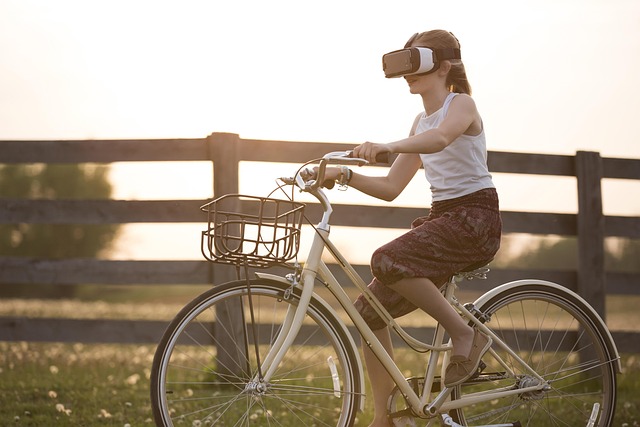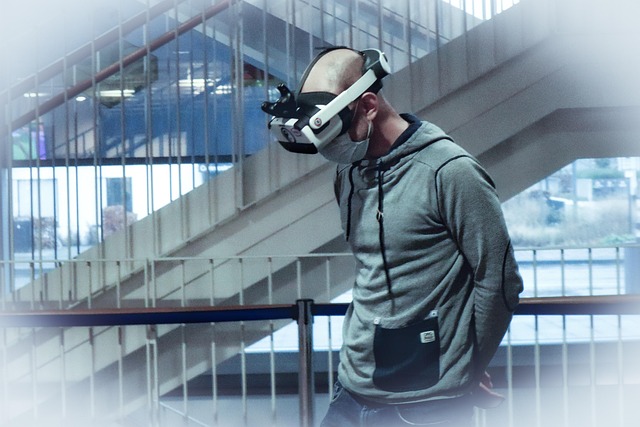The digital landscape is shifting at an unprecedented pace, and with it, our methods of interaction are evolving. At the heart of this transformation lies the synergy between motion sensors and immersive technologies such as Virtual Reality (VR) and Augmented Reality (AR). These advancements are not merely technical; they are reshaping our experiences in the metaverse, bringing us closer than ever before to a world of tactile and responsive interactions.
Imagine stepping into a virtual world where your gestures, movements, and even facial expressions are captured in real-time. This is the promise of motion sensors—devices that translate our physical actions into digital commands, allowing for a seamless connection between the virtual and real worlds. As we delve deeper into the metaverse, these sensors facilitate a new level of engagement, making digital environments feel more natural and intuitive.
In Virtual Reality, motion sensors enable immersive experiences that go beyond mere visuals. As you swing your arms to dodge obstacles or reach out to grab virtual objects, the sensors track your movements with precision, providing feedback that enhances your sense of presence. This level of interaction fosters a deeper emotional connection to the digital content, making gaming, training simulations, and artistic explorations profoundly more engaging.
Similarly, Augmented Reality leverages motion sensors to overlay digital content onto the physical world. Picture yourself navigating your living room while virtual furniture pieces appear, adjusting to your movements in real-time. Motion sensors ensure that these digital enhancements react appropriately to your spatial dynamics, creating a fluid interaction that blurs the lines between reality and imagination. The ability to manipulate virtual elements as if they were tangible objects adds an exhilarating layer of interaction.
Within the metaverse, the role of motion sensors extends beyond entertainment and practical applications. They are pivotal in fostering social interactions in VR spaces. Imagine attending a virtual concert where you can feel the beat through your movements or engaging in collaborative projects with others where every gesture is reflected in the virtual environment. This richer interaction nurtures a sense of community, an essential element of human experience, even in digital realms.
As this technology continues to evolve, the potential applications of motion sensors will only expand. From education to healthcare, the integration of these devices in the metaverse is poised to revolutionize how we learn, train, and heal. Imagine students exploring the human anatomy in 3D or patients engaging in therapeutic exercises in a calming virtual landscape—all made possible through motion-interactive elements.
The future of interaction in the metaverse is bright, bolstered by the capabilities of motion sensors. As developers continue to innovate, users can expect an increasingly rich tapestry of experiences that not only entertain but also inform, heal, and connect. As we stand on the brink of this new era, it’s essential to embrace the powerful synergy between motion sensors and our expanding digital realms, reshaping how we interact and live in fascinating ways.




